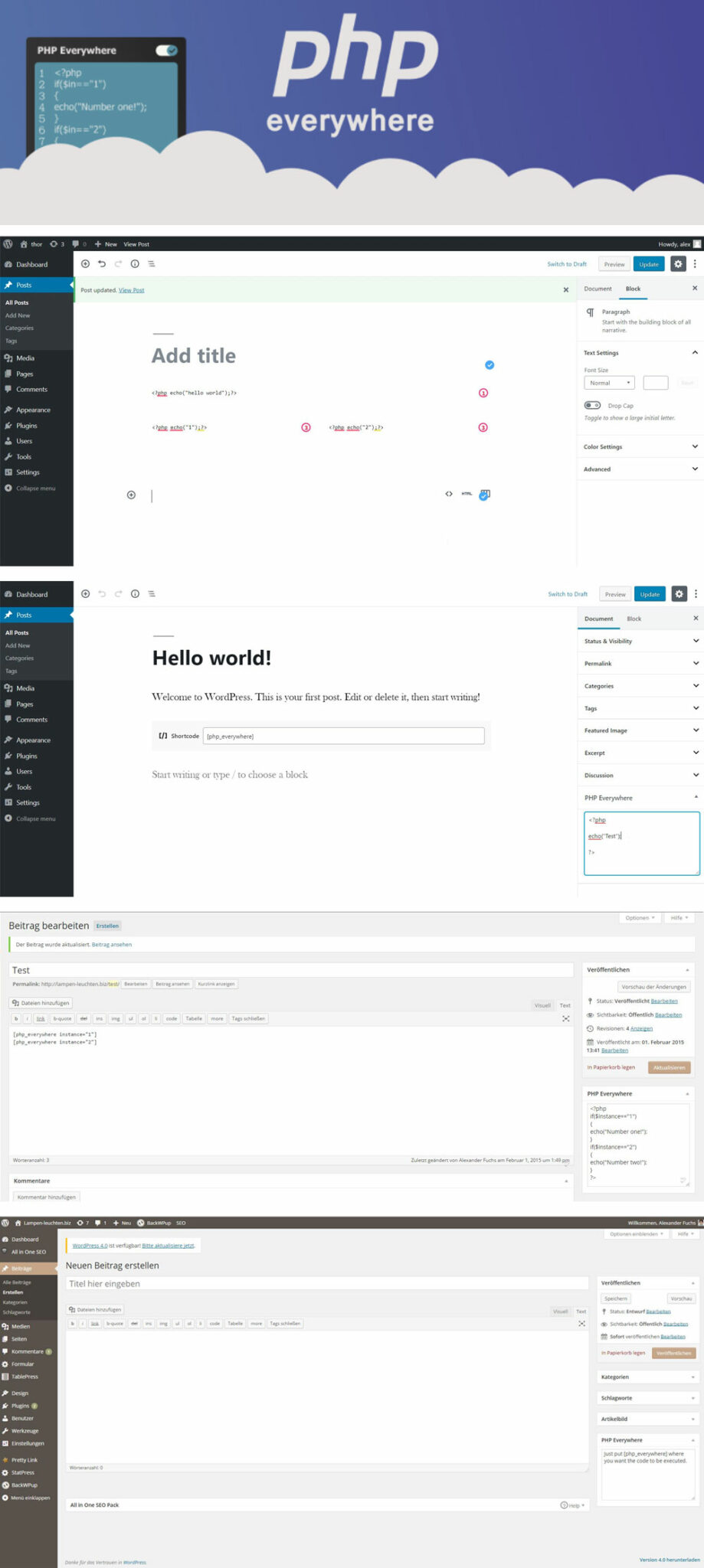

In this article, I'll hopefully help make this choice a little easier by covering five of the top web development IDEs currently available. Too much choice can initially seem like a disadvantage.

If you're new to coding in WordPress then it can be a little daunting deciding which IDEs to take a look at. What have you got to lose? If it results in a workflow boost then it's definitely worth your while! However, it may well pay off trying out an alternative once in a while. If you're used to using the same IDE for every project and it works for you then you may see no reason to use an alternative. Which IDE you end up using for a particular project is largely a personal choice. This abundance of choice is great as it means you're almost certain to find one that suits the way you work and includes just the right set of features you're looking for. Some are pretty basic by default, while others do almost everything you want right out of the box. (We'll come to the distinction between an IDE and an editor shortly.) There's certainly no shortage of choice these days, with literally dozens of different editors/IDEs available. I've been developing with WordPress for around ten years now and, during that time, have used my fair share of Integrated Development Environments (IDEs).


 0 kommentar(er)
0 kommentar(er)
